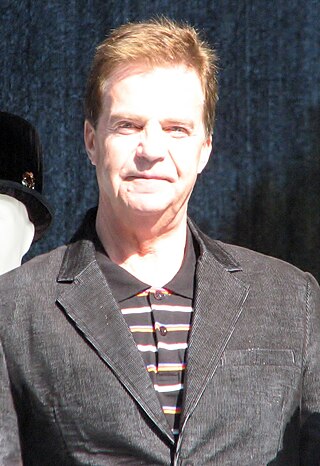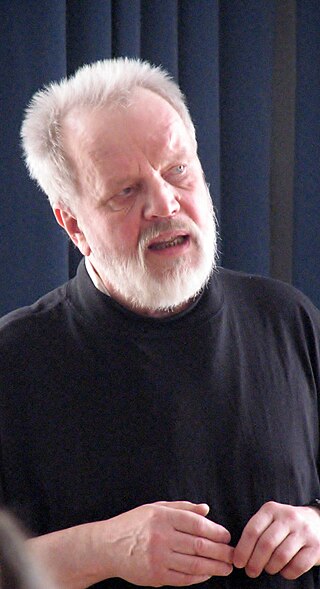
Tartu is the second largest city in Estonia after Tallinn. Tartu has a population of 97,435. It is 186 kilometres southeast of Tallinn and 245 kilometres northeast of Riga, Latvia. Tartu lies on the Emajõgi river, which connects the two largest lakes in Estonia, Lake Võrtsjärv and Lake Peipus. From the 13th century until the end of the 19th century, Tartu was known in most of the world by variants of its historical name Dorpat.

Vanemuine is a theatre in Tartu, Estonia. It is the first Estonian-language theatre. Stemming from the Vanemuine Society (1865), the theatre's first performance was Lydia Koidula's Saaremaa Onupoeg at the society's fifth anniversary. In subsequent years, Vanemuine has expanded to include a symphony orchestra and ballet company, while its repertoire has included a range of operettas and music theatre through operas and dramas. Under Karl Menning, the theatre served a vocational purpose, with a great emphasis on educating future talent. Subsequent directors prioritized entertainment value, while Kaarel Ird—who led Vanemuine for more than forty years—oversaw a blend of genres as well as tours of the Soviet Union. In recent years, content has varied extensively.
Vanemuine (Eldermost) is a god of music in the artificial Estonian mythology created by Friedrich Robert Faehlmann and Friedrich Reinhold Kreutzwald. His name is probably derived from the Finnish Väinämöinen. Vanemuine is mentioned in the opening strophe of the epic Kalevipoeg by Kreutzwald.

Estonia Theatre is an historic building in Tallinn, Estonia, which houses the Estonian National Opera and the Estonian National Symphony Orchestra.

Nele-Liis Vaiksoo is an Estonian singer and actress, known for her work in musical theatre.
Katrin Koov is an Estonian architect.

Ott Sepp is an Estonian actor, comedian, singer, writer and television presenter.

Taavi Varm is an Estonian artist.
Raine Loo was an Estonian stage, television and film actress.

Ain Mäeots is an Estonian stage, film, and television actor and stage, film, and television director and producer.

Tõnu Kilgas was an Estonian singer (baritone) and stage, film, voice, and television actor.
PLMF Music Trust was inaugurated on 7 February 2003 to support the development of Estonian musicians by organizing master classes, opportunities to perform and by introducing them internationally. The founders of the trust decided to name it after the opera singer Pille Lill.
Väino Tamm was an Estonian interior designer, vice associate professor in ERKI in from 1959 and interior design department manager in 1968–1986, from 1970 he was the associate professor of the interior design department in ERKI. He was one of the firsts to pave the way to the interior design department as we know it today. Väino Tamm changed the spatial design profession into a subject that deals with problems involving interior design and instead of decorating the space on the contrary dealing with arranging it. Also dealing with an overall effect and the room's whole impact on a person.

Tõnu Tepandi is an Estonian actor, singer, teacher, theatre pedagogue, politician, and an Estonian social figure.
Paul Mägi is an Estonian conductor in concert and opera and is also an academic teacher and violinist. He has commissioned works for the Estonian National Opera.
Vello (Ergav-Vello) Asi was an Estonian interior architect, graphic designer and professor at the Estonian Academy of Arts. Together with Väino Tamm, he has been one of the most important interior architects and representer of modernist interiors in Estonia since the late 1950s.
Jõhvi Concert Hall is a concert hall in Ida-Viru County, Estonia. The hall is managed by Eesti Kontsert.
Uno Tölpus was an Estonian architect. He was one of the most notable Estonian architects in 1950s.
Peeter Tarvas was an Estonian architect and professor.
August Volberg was an Estonian architect and educator.









